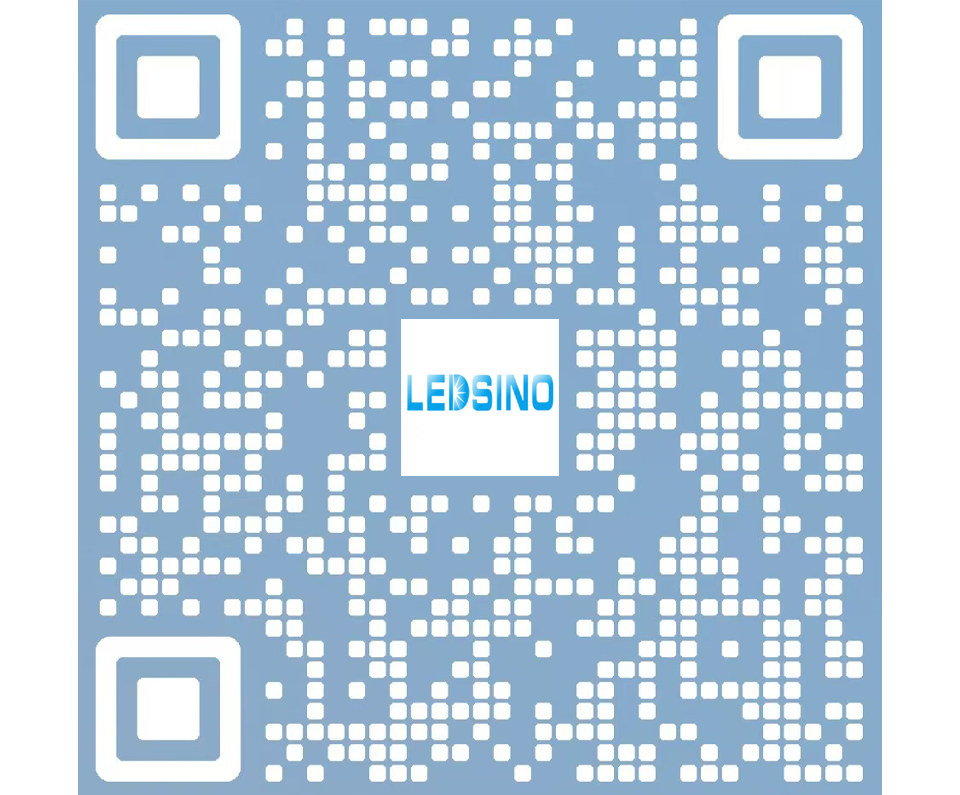
LEDs are becoming popular for both indoor and outdoor applications. As a result, there is a need to enhance different parameters to improve their performances. The contrast ratio is one of the most critical parameters you’ll need to focus on to improve the performance of LED screens. Here is what you need to know about contrast ratio.
What Is Color Contrast Ratio?
The contrast ratio is the difference between the darkest black and the brightest white that a display screen may produce. Color contrast ratio enhances clarity and image appearance. When optimized, it results in more detailed, attractive, and vivid pictures.
Importance of Contrast Ratio
The importance of contrast ratio ranges from enhancing image clarity to improving quality. The contrast ratio ensures the graphics and texts are distinguishable and easily read. As far as quality is concerned, it enhances vibrant colors and renders deep black, leading to more attractive images.
Besides clarity and quality, the contrast ratio enhances image details and color saturation, improving vibrancy and range of display.
How Does the Contrast Ratio Affect the Display
The ratio differentiates between the darkest blacks and brightest whites, impacting image quality by enhancing color accuracy. It improves depth and clarity, which enhances the visual experience. Here is how it affects the display.
Impact On Details And Clarity
A high display ratio makes images clear by enhancing blacks and bright whites, while a low display results in blurry and dark photos. Consequently, a higher contrast ratio is necessary for texture display to improve viewing of video games and movies.
Impact On Color Accuracy And Richness
Color accuracy is vital for visual appeal. In this case, the color ratio enhances and allows for variations between the dark and white tones, which makes the colors richer. The final images are more vivid and full of life.
Viewing Experience
A higher contrast ratio is needed to enhance visual quality if the room is well-lit. On the other hand, maintaining clarity may be easier if the display in such a room has a lower contrast. Thus, in a dimly lit room, a high contrast ratio improves the sense of depth by making black appear dark to make images appear real.
Types Of Contract Ratio
The contrast ratio is the difference between the darkest black and brightest white in luminance. There are about five types of luminance: static, dynamic ANSI, ON/OFF, and full field contrast ratio. Here are the details of the most common two ratios.
Dynamic Contrast Ratio
This contrast ratio adjusts or changes depending on the screen’s content. The changes are in real-time, where the monitor automatically increases the light in brighter scenes while dimming the lights in the dark scenes. These shifts make the picture dramatic.
Static Contrast Ratio
The ratio pits the darkest black vs the brightest white, which a monitor may display without adjusting the contrast. This ratio is relatively stable and reflects the original quality of images on the screen.
The ratio of 1000:1 implies that the brightest sections are a thousand times more colorful than the darkest parts. The monitor can display images in dark and light areas if the number is higher.
Factors Affecting Contrast Ratio
The contrast ratio is important since it not only determines the quality of images but also makes the pictures look real, bringing life into the room. The following factors affect the contrast ratio.
Ambient Light
Ambient light refers to the natural light in your viewing environment. It affects perception; thus, when the room is brighter, a higher contrast ratio will show clear images, while a display with a low contrast ratio may not show the details as they are.
On the contrary, if the room is dark, a high contrast ratio enables the screen to reveal the details, giving the best viewing experience.
Display Technology
Two main display technologies affect contrast ratio. The OLED display features excellent contrast because the screen turns off individual pixels, allowing for true black to display.
On the other hand, LCDs have a lower contrast since they utilize backlights, making black appear dark gray. Thus, the type of technology in use impacts the images appearing on the screen.
Screen Calibration
Proper screen calibration may be necessary to balance images’ light and dark areas. Sometimes, you may use the factory settings, which may be too dark or bright.
Brightness Level
When the brightness level is high, the screen looks brighter. Similarly, too much darkness makes it appear black, which still affects the screen contrast. Balancing the deep blacks and the high brightness may result in the best contrast.
Things To Do To Improve LED Display Contrast Ratio
Improving the LED display contrast ratio improves color accuracy and enhances visual clarity. Here are the things you can do to improve the ratio.
Buying High-Quality LED Modules
Buying quality LED display modules is one way to ensure an optimal display ratio. Such modules offer better luminance and improve the overall contrast ratio.
Optimize Brightness
One mistake people make in improving LED display contrast is setting a high brightness. This action reduces contrasts by eliminating dark areas and making the images less vibrant. Therefore, balancing the two could be helpful.
Improve The Level Of Black Color
Improving the black matrix design could help minimize light leakage and enhance the difference between dark and light areas.
This would further enhance the contrast ratio and overall image quality. In addition, performing regular maintenance, including updating software, can improve the display contrast ratio, enhancing the visual experience.
Add Anti-Reflective Coating
Adding the coating reduces the reflection of ambient light, so the LED light illuminates the environment, improving visibility. In addition, it makes black and whites prevalent, making the display readable.
Go For Advanced Processing Technology
The technology optimizes color management on the pixel, thereby providing a better differential between the dark and light areas and a richer contrast.
Conclusion
The LED screen contrast ratio determines the visual quality, giving your images vibrant colors. It helps to enhance readability and the viewing experience and reduce viewers’ eye fatigue. So whether you are using the LED display for personal entertainment or public education, ensure the contrast ratio is enhanced to enjoy the full benefits of LED.
Learn More About Contrast Ratio From LEDSINO Today!
Whether using the screen for personal entertainment or brand development, a superior contrast ratio provides the best viewing experience, enabling you to stand out from competitors. LEDSINO gives you the best options, depending on your needs. Call us now to discuss how to enhance your viewing experience.

Enter the digital world with our advanced display technologies.


